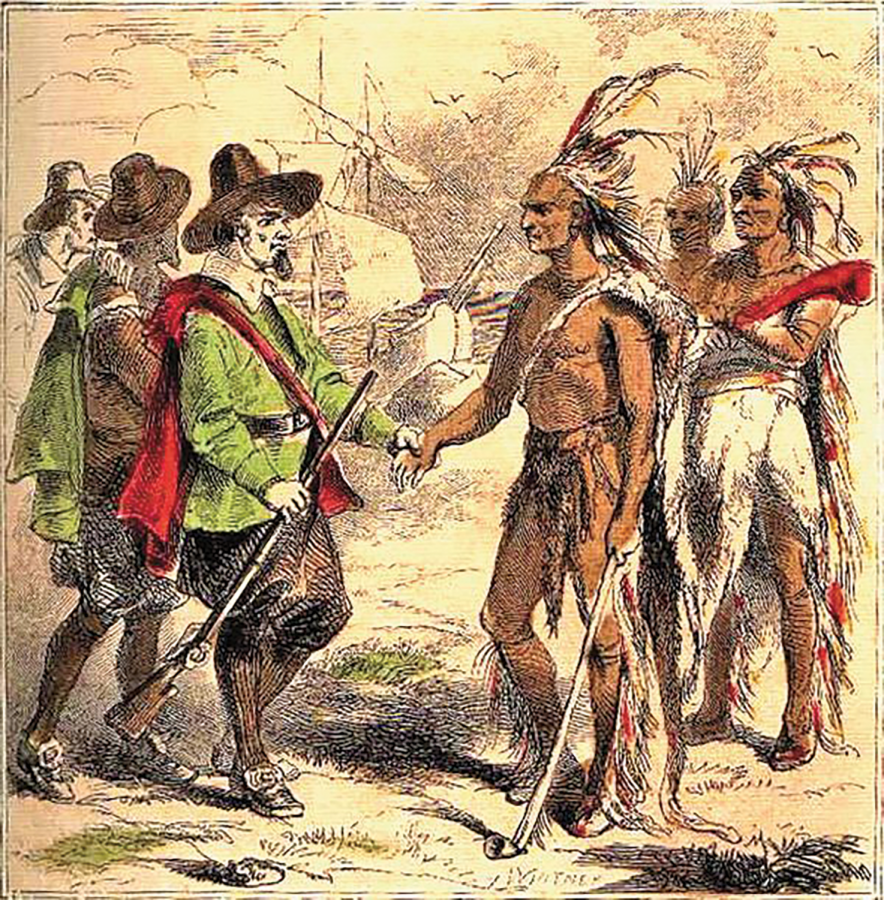The real story behind the pilgrims
On Nov. 11, 1620, the dauntless pilgrims arrived at Plymouth Rock, intent on starting anew in the free land of America after fleeing religious persecution in the tyrannical British Empire. Except that’s not really what happened.
The pilgrims weren’t coming from Britain, at least not directly. This is because after they left England, they first traveled to the Netherlands, a place that was just as free as the American colonies.
Then why did they leave the Netherlands? It wasn’t because of persecution — it was because they didn’t like the Dutch. They felt that the Dutch way of life was inferior to their English prestige, and they didn’t want their children to lose the British culture.
So the pilgrims traveled to the American colonies, hoping to begin anew . . . in an already established colony. They charted a course for Jamestown, but treacherous storms interfered with their course, and they ended up in Massachusetts, near Cape Cod, in an area they named Plymouth Rock.
Of the 102 passengers of the Mayflower, 45 died in the first winter. If not for the Patuxet tribe, who the pilgrims had stolen food from in order to survive, it is likely that many more would have died the next year.
Tisquantum, better known as Squanto, of the Patuxet tribe was known for teaching the pilgrims effective farming practices for the native crops. This was vital because most of the crops the pilgrims had brought from Europe had failed. Tisquantum also introduced the pilgrims to the fur trade.
Although the pilgrims managed to survive, with descendents still alive today, they faced avoidable issues and suffered unnecessary losses.






